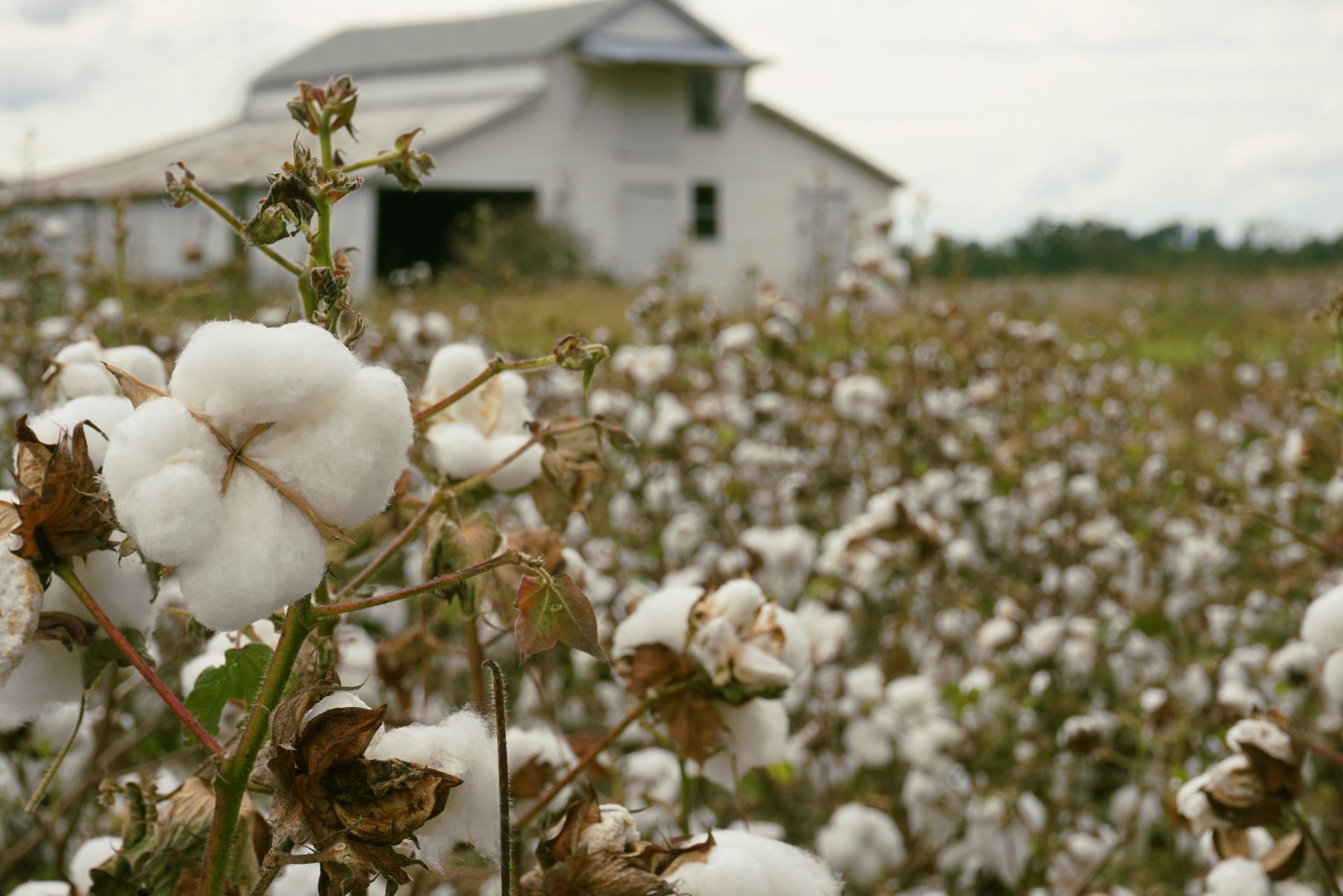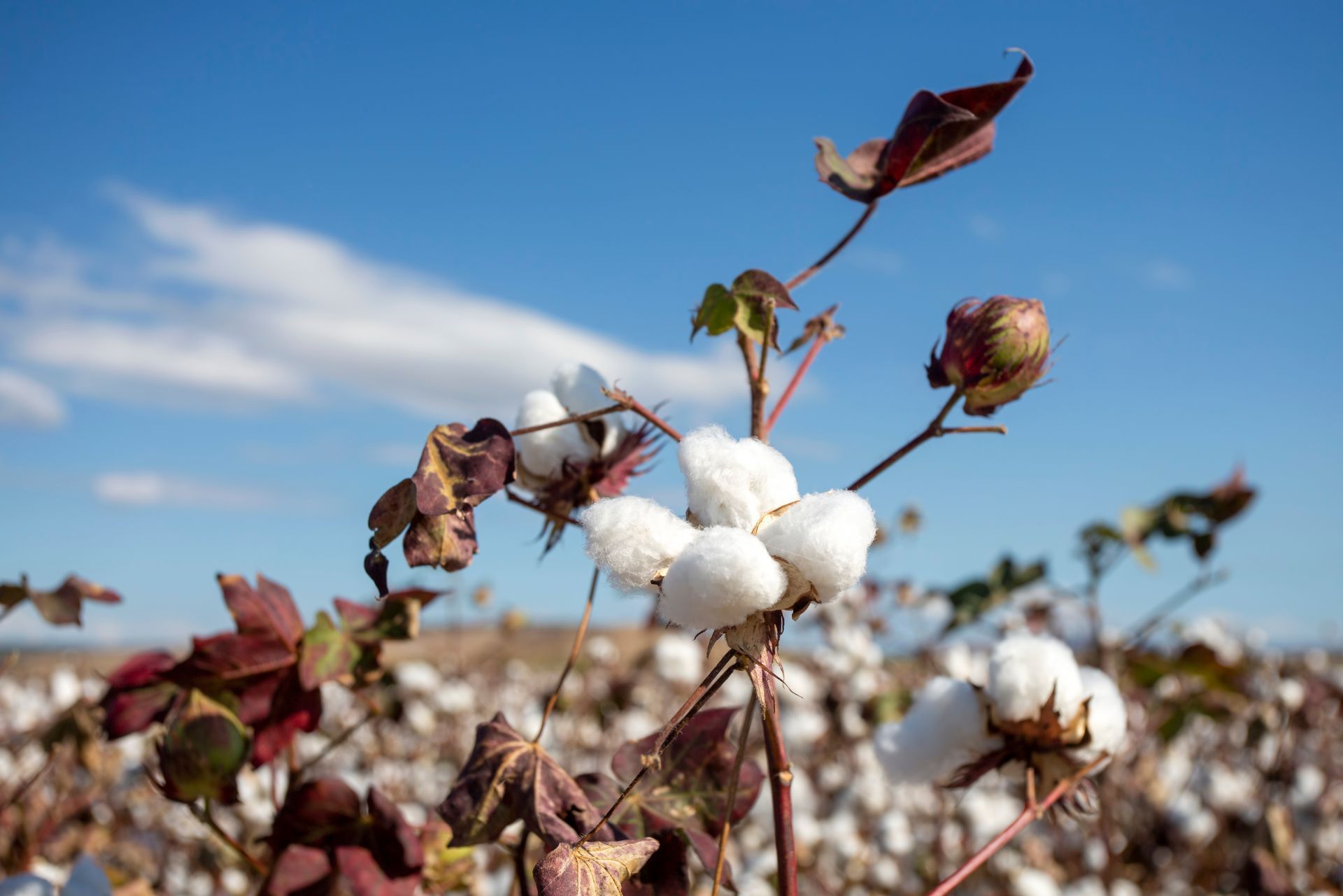
Top 3 Recommended Policies

The cotton industry remains a cornerstone of American agriculture, yet it faces unique challenges that make insurance coverage a critical consideration for growers and gin operators alike. From the steady decline in the number of cotton gins to the increasing threat of natural disasters, understanding the nuances of cotton gin and cotton farm insurance is essential for protecting investments and ensuring business continuity. This comprehensive guide explores the current landscape of cotton ginning, the risks involved, and how tailored insurance solutions can safeguard this vital sector.
Recent reports highlight significant shifts in cotton gin operations across the United States. For instance, Arkansas, once home to 138 cotton gins in 1991, had only 28 operating gins in 2023, reflecting a broader industry trend driven by efficiency improvements rather than reduced cotton production. This evolution underscores the importance of insurance policies that adapt to the changing scale and complexity of cotton processing facilities. For more on this trend, see the High Plains Journal’s coverage of Arkansas cotton gins.
The Changing Landscape of Cotton Ginning
The cotton ginning industry has undergone a remarkable transformation over the past few decades. Technological advances have allowed fewer gins to process volumes of cotton once handled by many more facilities. Scott Stiles, an extension economics program associate, explains that this consolidation is less about shrinking production and more about increased operational efficiency. Modern gins utilize computerized process control systems that not only improve fiber quality but also boost farmer profits by $10 to $20 per bale, potentially impacting the industry by hundreds of millions annually.
These improvements have made gins more productive but also more capital-intensive, increasing the stakes for operators in terms of risk exposure. The investment in advanced machinery and technology means that damage or downtime can lead to significant financial losses, making comprehensive insurance coverage a necessity. The USDA Agricultural Research Service highlights the benefits of computerized controls in cotton gins, emphasizing both quality and profitability enhancements.
However, despite these advancements, the number of gins has declined sharply. In Arkansas alone, the drop from 138 gins in 1991 to just 28 in 2023 illustrates how fewer but larger and more efficient gins dominate the market. This consolidation trend means that any disruption—whether from natural disasters, mechanical failure, or fire—can have outsized impacts on regional cotton processing capacity.
Moreover, the environmental implications of this consolidation cannot be overlooked. Larger gins often require more water and energy, raising concerns about sustainability in an industry that is already under scrutiny for its resource-intensive practices. As the demand for eco-friendly cotton production grows, gins are increasingly pressured to adopt greener technologies and practices. Some gins are exploring renewable energy sources, such as solar power, to mitigate their carbon footprint while maintaining efficiency. This shift not only aligns with consumer preferences for sustainable products but also helps gins reduce operational costs in the long run.
In addition, the workforce dynamics within the cotton ginning industry are shifting. With fewer gins operating, there is a growing need for skilled labor capable of managing complex machinery and technology. This has led to new training programs and partnerships with educational institutions aimed at equipping the next generation of workers with the necessary skills. As gins become more automated, the role of human operators is evolving, requiring a blend of technical knowledge and problem-solving abilities to ensure smooth operations. This transition presents both challenges and opportunities, as the industry seeks to balance technological advancement with the need for a competent workforce.
Natural Disasters and Infrastructure Vulnerability
Cotton gins, like many agricultural processing facilities, are vulnerable to natural disasters. A recent example is the severe damage inflicted on a large cotton gin in South Georgia by a tornado, underscoring the risks posed by extreme weather events. Such incidents not only threaten physical infrastructure but also disrupt the supply chain, affecting farmers, ginners, and downstream textile industries. The impact of such disasters can ripple through the economy, leading to increased prices for consumers and potential shortages in cotton products, which are essential for various industries, including fashion and home textiles.
Insurance policies for cotton gins must therefore account for a range of perils, including tornadoes, floods, and fires. Historical research from the University of Missouri in the 1950s demonstrated that while preventive devices in gins helped reduce fire losses, they did not significantly decrease the number of fires. This suggests that risk mitigation requires both proactive safety measures and robust insurance protection to cover potential damages and business interruption. Moreover, the integration of technology, such as early warning systems and real-time monitoring, can play a crucial role in enhancing safety protocols and minimizing risks associated with natural disasters.
Given the increasing frequency and intensity of severe weather events, cotton gin operators should prioritize insurance plans that include coverage for natural disasters and equipment breakdowns. The case study on the tornado damage to the South Georgia cotton gin facility by
J.S. Held provides valuable insights into the complexities of disaster recovery in this sector. Additionally, it highlights the importance of developing comprehensive disaster response strategies that not only focus on immediate recovery efforts but also on long-term resilience planning. Engaging with local governments and disaster management agencies can further enhance preparedness, ensuring that cotton gins are not only rebuilt but fortified against future threats. This collaborative approach can lead to the establishment of community-wide initiatives aimed at improving infrastructure resilience, ultimately benefiting the entire agricultural sector.

Insurance Needs for Cotton Farms
Cotton farms themselves face a variety of risks that insurance can help mitigate. Weather extremes such as droughts have historically devastated cotton yields, as seen in Oklahoma in 2011 when the cotton crop was reduced to just 10% of the previous year’s production due to severe drought conditions. Crop insurance plays a vital role in protecting farmers from such unpredictable losses, ensuring financial stability despite adverse conditions. In addition to droughts, cotton farmers also contend with heavy rainfall, which can lead to flooding and soil erosion, further complicating the growing process. This unpredictability necessitates a robust insurance strategy that not only covers crop loss but also addresses the potential for soil degradation and the long-term impacts on land viability.
Beyond weather, cotton farmers must also consider risks related to pests, diseases, and market fluctuations. The USDA’s Cotton Ginnings survey provides critical data on bale production and cottonseed prices, which can inform risk management strategies and insurance underwriting. Access to reliable data helps farmers and insurers alike forecast production and set appropriate coverage levels. Additionally, the emergence of new pests and diseases, exacerbated by climate change, poses a significant threat to cotton crops. Integrated pest management strategies, combined with insurance that covers losses from pest-related damage, are becoming increasingly important for farmers aiming to safeguard their investments against these evolving threats.
Moreover, as the cotton industry becomes increasingly globalized, adapting shipping and warehousing procedures to meet international demand has become crucial. Richard Kelley, a farmer and ginner, stresses the importance of evolving logistics to maintain competitiveness. Insurance products that cover transportation, storage, and liability risks are therefore integral to comprehensive farm risk management. The complexities of international trade also introduce additional layers of risk, such as fluctuations in exchange rates and compliance with foreign regulations. Farmers must navigate these challenges while ensuring their products meet quality standards for export. For further reading, see the discussion on industry adaptation in Farm Progress.
Key Components of Cotton Gin and Farm Insurance
Effective insurance coverage for cotton gins and farms typically includes multiple components tailored to the specific risks of each operation. Property insurance protects physical assets such as buildings, machinery, and equipment from damage caused by fire, storms, and other covered perils. Given the high value of modern ginning technology, this coverage is essential. Moreover, as technology in agriculture continues to evolve, many gins are investing in advanced machinery that not only enhances efficiency but also comes with a higher price tag. Insurers often require detailed assessments of these assets to ensure that coverage limits are adequate and reflect the current market value, which can fluctuate significantly.
Business interruption insurance is another critical element, compensating for lost income during periods when operations are halted due to insured events. This type of coverage helps maintain cash flow and supports recovery efforts, minimizing long-term financial damage. In addition to covering direct losses, some policies also include extra expense coverage, which can help fund alternative operational strategies during downtime, such as renting temporary equipment or hiring additional labor to expedite recovery once operations resume. This flexibility can be invaluable in a sector where timing is crucial, particularly during peak harvest seasons.
Liability insurance protects against claims arising from accidents or injuries on the premises, which is particularly important in facilities with heavy machinery and significant foot traffic. Additionally, crop insurance for cotton farmers safeguards against yield losses and revenue shortfalls, providing a financial safety net in volatile agricultural markets. The unpredictable nature of weather patterns and pest infestations can significantly impact crop yields, making this insurance a vital component of a farmer's risk management strategy. Furthermore, many farmers are now exploring multi-peril crop insurance options, which cover a broader range of risks, including drought and disease, thus offering a more comprehensive safety net for their operations.
Another important consideration in farm insurance is the inclusion of equipment breakdown coverage. This protects against the costs associated with mechanical failures that can halt production and lead to significant financial losses. Given the reliance on sophisticated machinery in cotton ginning, such coverage ensures that farmers can quickly address unexpected breakdowns without incurring crippling repair costs. Additionally, as environmental regulations become more stringent, many insurers are now offering specialized policies that cover compliance-related risks, helping farmers navigate the complexities of maintaining operational standards while also protecting their investments.

Emerging Trends and Future Considerations
Looking ahead, the cotton industry is likely to continue evolving in response to technological, environmental, and market pressures. The integration of computerized process control systems in gins is expected to expand, enhancing fiber quality and profitability. However, this also means that insurance policies must keep pace with new risks associated with advanced technology and cyber vulnerabilities. As automation becomes more prevalent, ginners will need to invest in training and education for their workforce to ensure that employees are equipped to handle sophisticated machinery and software. This investment in human capital is crucial, as it not only improves operational efficiency but also mitigates the risk of accidents and equipment failures.
Climate change poses ongoing challenges, with unpredictable weather patterns increasing the frequency of droughts, floods, and storms. Cotton gin and farm insurance will need to adapt accordingly, offering more comprehensive and flexible coverage options. Collaboration between industry stakeholders, insurers, and researchers will be vital to developing innovative risk management solutions. Additionally, the rise of sustainable farming practices is prompting many producers to explore organic cotton cultivation, which can lead to different insurance requirements and considerations. As consumers increasingly demand eco-friendly products, the market for organic cotton is expected to grow, necessitating a shift in how insurance products are designed and marketed to meet the needs of these farmers.
Farmers and ginners who stay informed about these trends and invest in appropriate insurance coverage will be better positioned to navigate the uncertainties ahead. The USDA National Agricultural Statistics Service’s
Cotton Ginnings survey remains a valuable resource for tracking production trends and informing strategic decisions. Furthermore, the adoption of precision agriculture technologies, such as drones and soil sensors, is providing farmers with unprecedented insights into crop health and soil conditions. These tools not only enhance yield but also contribute to more efficient resource use, which is increasingly important in a world where sustainability is paramount. As these technologies become more mainstream, the potential for data-driven insurance models that adjust premiums based on real-time farm data could revolutionize how risk is assessed and managed in the cotton industry.
Conclusion
The cotton industry’s transformation over recent decades highlights the importance of specialized insurance solutions tailored to the unique risks faced by cotton gins and farms. From technological advancements that improve efficiency and profitability to the persistent threat of natural disasters and market volatility, comprehensive insurance coverage is indispensable for protecting investments and ensuring operational resilience.
By understanding the evolving landscape and partnering with knowledgeable insurers, cotton producers and gin operators can safeguard their businesses against a wide range of risks. Staying informed through industry reports, expert insights, and ongoing research will empower stakeholders to make sound decisions and thrive in an increasingly complex agricultural environment.
Contact Us

